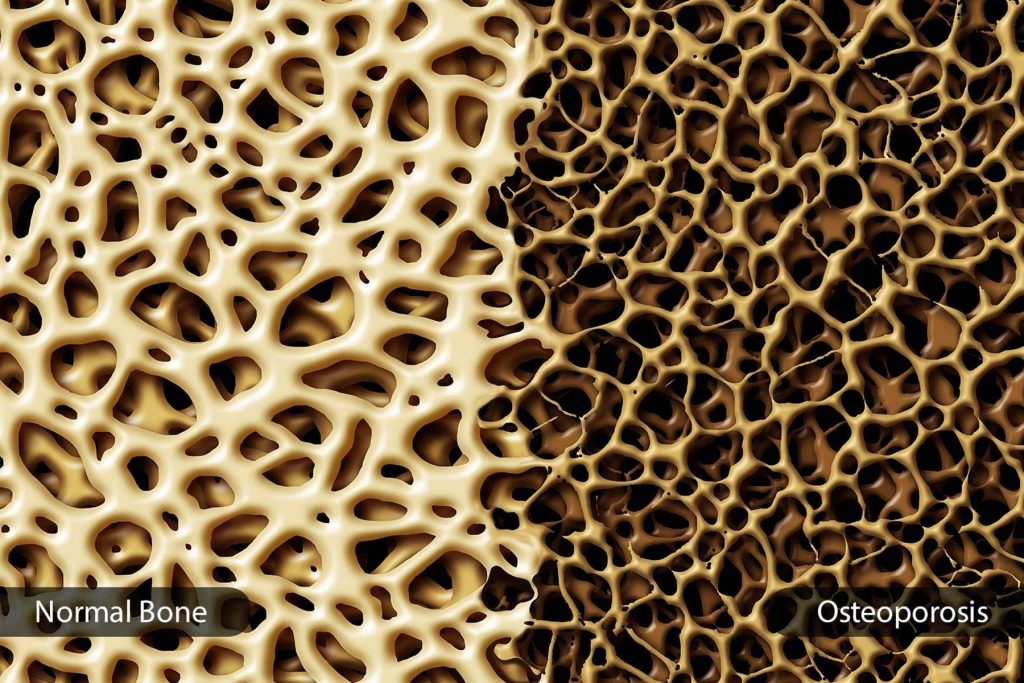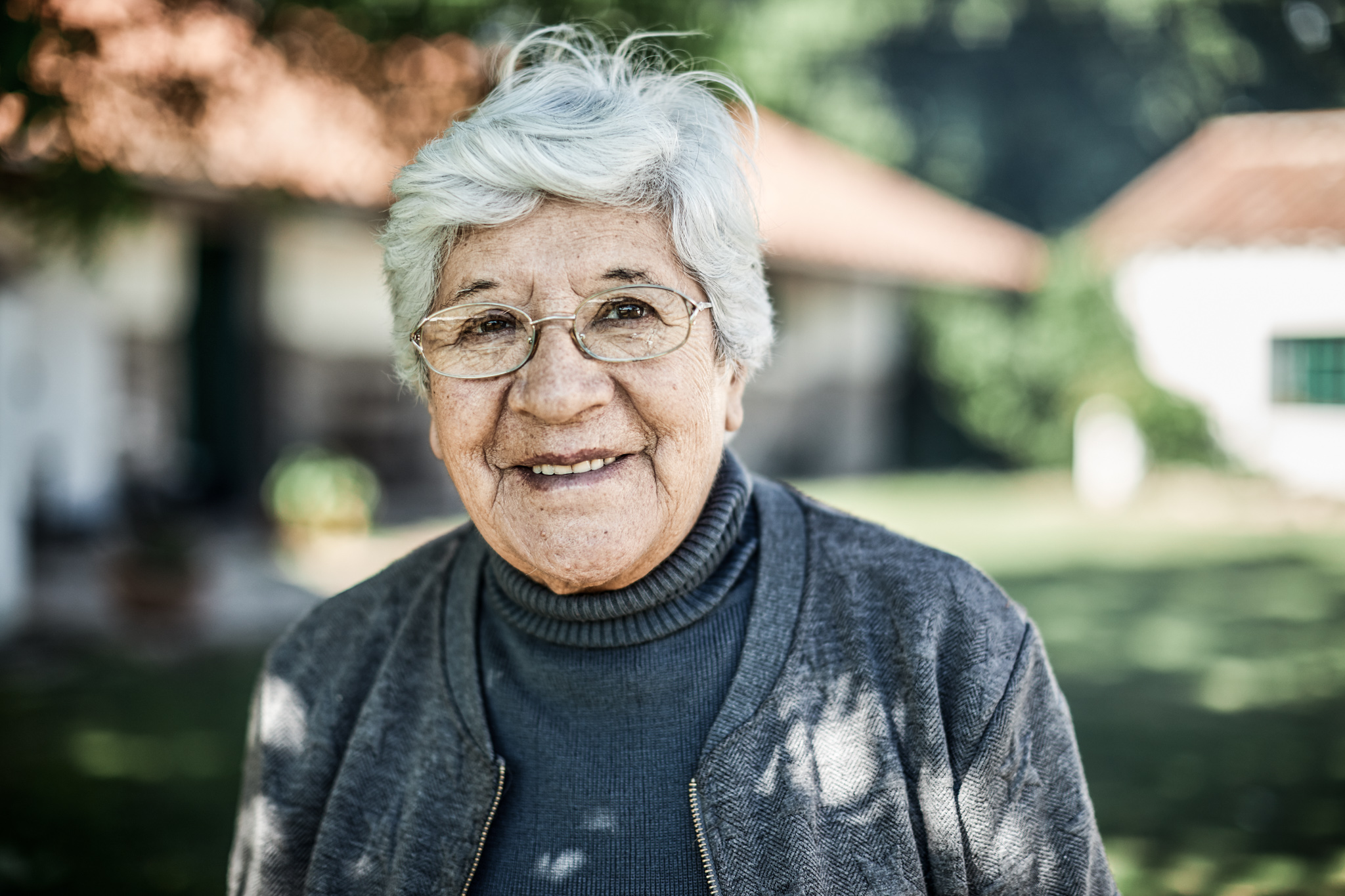By: Seth Enterline, PA-C | Northeast Georgia Physicians Group Orthopedic Trauma & Reconstructive Surgery
Osteoporosis is a porous bone or absence of solid bone due to bone loss or resorption resulting in the loss of the bone without a new bone being built to replace it. It is mostly regulated by estrogen or the parathyroid hormone.
What are common symptoms?
In the early stages of bone loss, symptoms may not be present. However, once your bones have been weakened, you might have signs and symptoms such as back pain, loss of height over time, a stooped posture or brittle bones.
How can I prevent it?
A few lifestyle choices to help prevent osteoporosis are making sure you’re getting enough vitamin D (sunlight) and calcium (dairy products or dark green leafy vegetables) into your diet and lifestyle. Doctors recommend consuming about 1200 mg of calcium a day and about 1000 mg of Vitamin D a day. Exercise is also highly recommended, specifically exercise that causes stress or impact to the bone, such as walking, hiking, running or playing tennis. It can also be prevented by quitting smoking, decreasing caffeine consumption and being active.

How is it diagnosed?
A DEXA scan is the gold standard for diagnosing osteoporosis. Your primary care provider will order the scan.
Who should be screened?
Any woman older than 65 or any man older than 70 years old should talk to their doctor about being screened.
How is it treated?
Osteoporosis can be treated with a few different types of medications. Often, treatment begins with oral medications called bisphosphonates which are types of medications that are meant to strengthen bones and slow down or prevent bone loss.
Talk with your primary care provider about your risk for osteoporosis. To find a primary care provider in your area, please visit ngpg.org.


